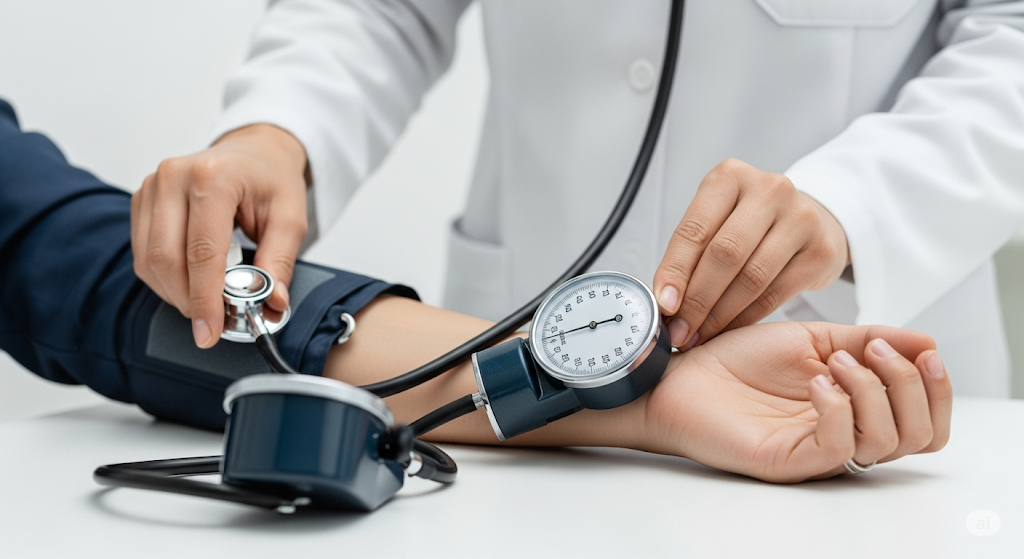Are your blood pressure readings accurate? Learn when to worry about false readings and how to ensure you’re getting the right numbers.
Introduction
High blood pressure, or hypertension, is a common health issue in the United States, affecting millions. It’s often called a “silent killer” because it usually has no symptoms. Regular blood pressure checks are crucial, but what if those readings aren’t accurate? Here’s when to worry about false readings and what you can do.
Why Blood Pressure Readings Might Be Wrong
Several factors can lead to inaccurate blood pressure readings:
- White Coat Hypertension: This happens when your blood pressure rises in a doctor’s office due to anxiety.
- Masked Hypertension: The opposite of white coat hypertension, your blood pressure is normal in the doctor’s office but high at home.
- Improper Technique: Using the wrong cuff size or incorrect positioning can affect readings.
- Faulty Equipment: A broken or poorly calibrated blood pressure monitor can give incorrect results.
- Certain Substances: Caffeine, alcohol, and tobacco can temporarily raise blood pressure.
When to Worry About False Readings
It’s essential to be concerned about inaccurate readings in certain situations:
- Inconsistent Results: If your readings vary significantly between home and the doctor’s office.
- Symptoms of Hypertension: Even with normal readings, if you experience headaches, dizziness, or nosebleeds, it’s worth investigating.
- Risk Factors: If you have a family history of hypertension, are overweight, or have other health conditions like diabetes.
- Medication Changes: When starting or adjusting blood pressure medications, accurate readings are vital.
How to Ensure Accurate Readings
Follow these steps to get the most accurate blood pressure measurements:
- Use the Right Equipment: Make sure your home monitor is calibrated and the cuff fits properly.
- Proper Technique: Sit quietly for 5 minutes before taking your blood pressure. Support your back and feet, and keep your arm at heart level.
- Take Multiple Readings: Take two or three readings, one minute apart, and average them.
- Avoid Stimulants: Don’t consume caffeine, alcohol, or tobacco 30 minutes before measuring.
- Regular Monitoring: If you have risk factors or are managing hypertension, check your blood pressure regularly at home.
Conclusion
Accurate blood pressure readings are critical for managing your health. If you’re concerned about the reliability of your measurements, talk to your doctor. They can help you determine the best way to monitor your blood pressure and ensure you’re getting the correct information.










